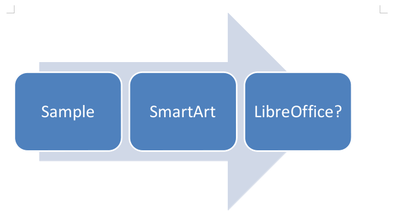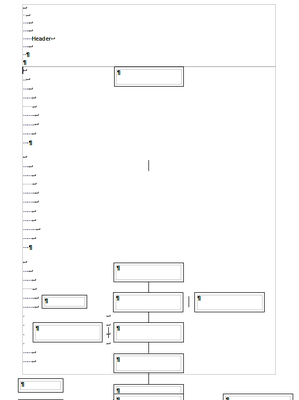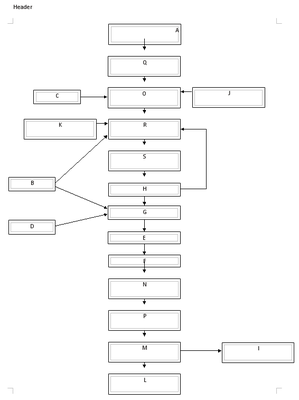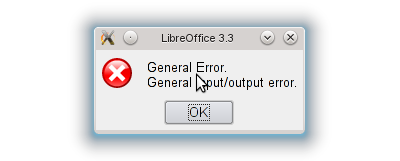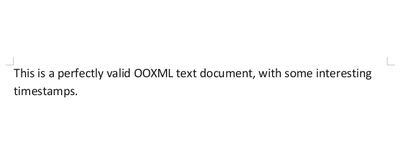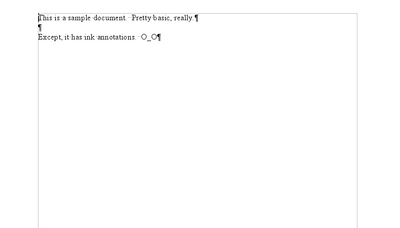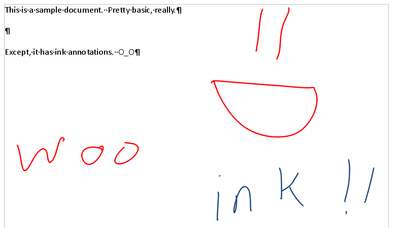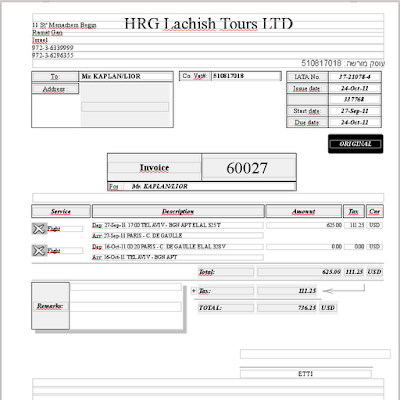Estimated read time: 2 minutes
Even though I spend little of my free time with sysadmin stuff these days, this
came up recently. A few years ago I hit an issue about mdadm creating too new
metadata that wasn’t handled by the installed kernel, so I remembered to use
--metadata 0.90 when creating a new array. Additionally, I preferred using
cfdisk for partitioning.
It turns out this caused quite some grief when it came to grub2, I wrote about
this earlier — that was about the theory, in a VM. This is
about the practice. In practice, gparted turned out to be too risky, and I
choose the following approach to repartition the hard drives (so there is
enough space for grub2) and upgrade the mdadm metadata.
First, I broke the mirror by removing one leg of the RAID1 array:
mdadm --manage /dev/md126 --fail /dev/sdd1
mdadm --manage /dev/md126 --remove /dev/sdd1Then I created a new array (with a single leg) with the new metadata and formatted it:
fdisk /dev/sdd
mdadm --create /dev/md125 --metadata=1.0 --level=1 --assume-clean --raid-devices=2 missing /dev/sdd1
mkfs.ext4 /dev/md125Finally I copied over the live system:
mkdir /mnt/md125
mount /dev/md125 /mnt/md125
rsync --delete -avxP / /mnt/md125
umount /mnt/md125The rest was easy: I booted a livecd to do the rsync once again (taking a few
minutes only), and once the system was running from the new array, added the
leg of the old array to the new one as well — and that’s it.










